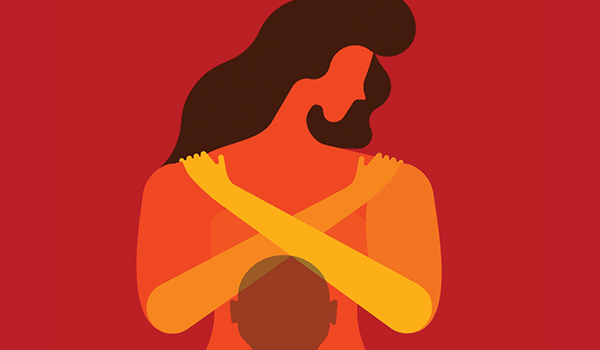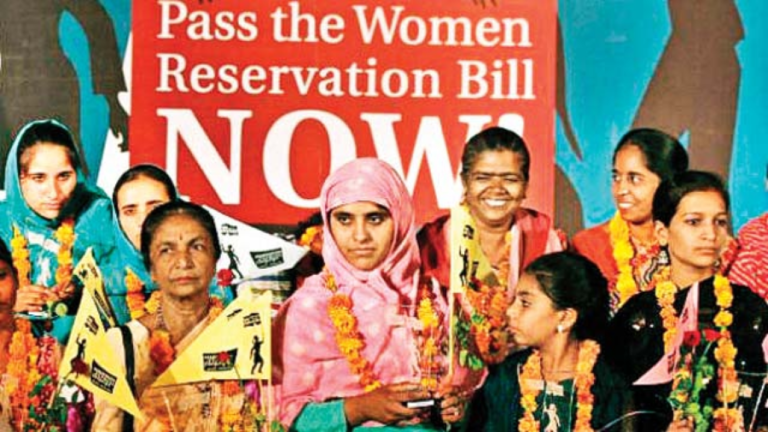Behaviour over Capital Punishment
Pursuing B.A. LLB (Pol. Science) from Dibrugarh University, Assam. Instagram Id: iqbal_pumba

“Never, never and never again must citizens of our country be subjected to the barbaric practise of capital punishment”. –African National Congress
The method used by the administration to execute a prisoner in India is either through Hanging or Shooting; executing a prisoner by hanging is mentioned in the Code of Criminal Procedure. The Army Act 1950 provides execution by hanging and shooting as an official method in implementing an offender in the court-martial.
Former Governor of West Bengal Gopal Krishna Gandhi wrote in Abolishing the death penalty: Why India should say No to Capital Punishment that when a man kills he breaks the law but when the state punishes the offender; they uphold the law. The manner to provide justice to the victim by punishing through taking away an offender’s life is judicial murder. The question that arises is whether judicial murder has been able to decrease the horrendous crime that occurred or occur in society. The division bench consisting of Justices B. Veerappa and K. Natarajan states that gang-rape committing is more dangerous than murder, and recommended capital punishment for gang-raping along with existing provisions of life imprisonment with a fine. The retribution like the death penalty will not restrict the ongoing crime which is going around the society; the incident which happened in the district of Hathras in the State of Uttar Pradesh caused insinuation and brought the members of civil society and people together for justice. Perhaps, the appropriate equity didn’t come because the protests got diluted soon due to by-polls in several states, the election in the state of Bihar, the contraction in the percentage of Gross Domestic Product (GDP) in the country.
The provision provided in the Constitution of India with the apex court has prepared the gobbledygook lucid that the President of India cannot claim superiority over the recommendation made by the government of India; this provision can be interpreted through Article 74. Section 416 of the Code of Criminal Procedure mentions that capital punishment against a pregnant woman may get postponed, the High Court of her state can order to postpone the sentence and turn the punishment to life imprisonment.
The apex court drew the attention towards a book, titled “The Penalty of Death” written by Thorsten Sellin while addressing the case Mithu & Ors. vs. the State of Punjab, 1983 AIR 473, 1983 SCR (2) 690, the prison is an institution which is unnatural where the area of the room is limited, walls are secured, prisoners remain away from their families and friends and there remains regulations which restrict their freedom. In the United States of America, prisoners who have commuted death sentence or life imprisonment may regain freedom by providing parole after a decade or two in prison. Though, some prisoners died of natural manner or violent death within the premises of the institution. There is a perception of danger that a prisoner who got parole, may violate their freedom and, sometimes, they have repeated the crime; the fact gives a different picture where the commitment of crime by parolee is less comparatively.
The bench concluded that prescribing a mandatory sentence of death for the offence committed within or outside the prison who is sentenced with life imprisonment doesn’t contain a viable justification. Perhaps, it is better to understand the concept of Punishment and then classify them to reach the purpose; whether capital punishment is necessary or not. Inherently, the punishment is a retributive practice; the justification proceeds through that infusion where the society needs the threat; the application of retribution required because that will make the goal of social order intact. There was an analysis of Michel Foucault on the development of punishment which shifted towards prison because of the development in culture. There was a suggestion which was made by the philosopher; it is the subjugation and use of power that influences an institution to use punishment. He had denied the notion that the construction and expansion of reformation happened not based on a humanitarian prototype or the punishment established to rehabilitate. The system tries to punish less, perhaps; certainly to punish better; arguing that it has resulted in a greater authority among the powerful institutions.
The punishment is classified in five ways:
- Incaptication: this punishment was practised in ancient days and it seeks to prevent the further occurrence of crime by physically shifting the criminal/s away from society.
- Deterrence: the citizens or possible offenders are made to conform to the rules of law.
- Retribution: satisfaction is given to a victim or society by punishing the offender appropriately which prevents further occurrence.
- Rehabilitation: concentrates on criminals or prisoners by helping them to overcome the barriers which forced them to commit the crime which resulted in a certain way of loss.
- Restoration: victims initiate a process in which both they and the offender meet to share feelings and concerns.
Justice Krishna Iyer spoke while addressing the case which was between Ediga Anamma vs. the State of Andhra Pradesh, 1974(4) SCC 443 “brooding horror haunting the prisoners in the condemned cell for years.” The Indian Penal Code 1860 mentions through Section 73 that a person who commits an offence will have to undergo rigorous imprisonment which may be torturous. In an essay published in 1957, Reflection on the Guillotine, the Supreme Court judge used an Albert Camus reference; the man is destroyed by waiting for his execution long before he is dead. Two deaths imposed but the first one is worse than the second; the culprit killed but once. The bench consisting of Justices Y.V. Chandrachud, P.N. Bhagwati, A. Gupta, R. Sarkaria, and N. Untwalia heard the case, Bachan Singh vs. The State of Punjab, AIR 1980 SC 898, 1980, it is one of the landmark judgments delivered on the subject to the constitutional validity of the death penalty, provided within Section 302 of the Indian Penal Code (IPC). It looked upon the procedure which is mentioned in Section 354(3) of CrPC 1973, the apex court laid down the principle “rarest of the rare” which would restrict the death penalty. The bench held that consideration should be given to the circumstances in which the crime was committed by the offender/s while giving the death penalty to the accused, the mitigating factors should be given more weight than the aggravating factors, a full balance sheet should also be drawn for the same. The punishment of the death penalty will always be an exception than a rule.
Warden Duffy adds in the 187th Law Commission of India Report (2003) that the experience of execution for a prisoner is harrowing because there are times when his neck is not broken but strangles to death. The eye pops out of his head; tongue swells and protrudes from his mouth, neck prolly broken and the rope takes the large portion from his skin along with the flesh. Generally, the prisoner urinates, defecates and droppings fall to the floor while the witnesses look on which causes witnesses to faint, they are helped out to the witness room. While the prisoner is dangling on the rope for eight to 14 minutes before the Doctor climbs up to listen to the heartbeat with a stethoscope, to pronounce death.
The execution of Maqbool Bhat was one of the unfortunate incidents which occurred a few days before the scheduled hearing before the bench of Justice Anand. Later, the bench of the High Court of Delhi asked the government by sending a notice, why had he been hanged when his case was still under review in court. The reply to notice was that the order to hang him came directly from the competent authority.
Finally, the execution of the offender should hold for life sentences that are compatible with the norms of human dignity, prisoners must believe that they will be released with a transparent procedure. Case of Vinter and Others v. The United Kingdom, 2013, where the Grand Chamber of the ECtHR ruled that imprisonment for the whole of one’s life without the possibility of any review or release would constitute a violation of the right not to be subjected to inhuman or degrading punishment. Aforementioned, solitary confinement for a prisoner does impact the mental stature while residing due to their offence and protection is required by providing necessary consultation from the psychiatrist.
The legislators will have to frame skeleton rules with the civil society members, victims and the jail authorities who would work on the different legislation which will provide equity towards the society at large. The legislators should consider a psychological department in every district that will work with the Department of State Police as their charge sheet before the bench will benefit while convicting the offender/s.
Image Credit: Posterfortomorrow.org







